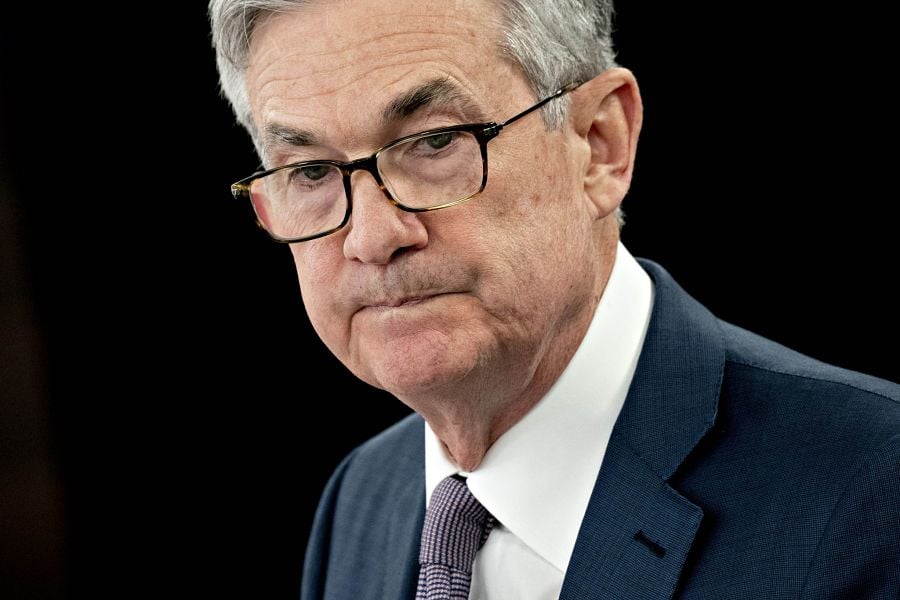

Federal Reserve Chair Jerome Powell unveiled a new approach to setting U.S. monetary policy, letting inflation sometimes run faster than the central bank has traditionally allowed, in a shift that will likely keep interest rates low for years to come.
Powell said the Fed will seek inflation that averages 2% over time, a step that implies allowing for price pressures to overshoot after periods of weakness. It also adjusted its view of maximum employment to allow labor market gains to run more broadly.
“Our revised statement emphasizes that maximum employment is a broad-based and inclusive goal,” Powell said in a speech delivered virtually for the central bank’s annual policy symposium, which is traditionally held in Jackson Hole, Wyoming. “This change reflects our appreciation for the benefits of a strong labor market, particularly for many in low- and moderate-income communities.”
During the longest U.S. economic expansion on record until the pandemic hit earlier this year, many groups benefited -- including minorities and women -- in their ability to find work. With unrest breaking out across the U.S. over racial inequality, questions have been raised about how the Fed’s policy helps communities broadly.
In its new statement on longer-run goals, the Fed said its decisions would be informed by its assessment of “shortfalls of employment from its maximum level.” The previous version had referred to “deviations from its maximum level.” The change deemphasizes previous concerns that low unemployment can cause excess inflation.
The markets took Powell’s remarks as another indication that the Fed is in no rush to raise interest rates. Bonds and U.S. stocks rose along with gold prices.
Regarding price pressures, the document says the committee will target “inflation that averages 2% over time” and will aim to bring inflation above the 2% target following periods when inflation runs below that level.
The shift Powell announced represents the product of an unprecedented review of the Fed’s strategies, tools and approach to communications that began in early 2019.
Since the central bank officially set its inflation target at 2% in 2012, the Fed’s preferred measure of price increases has consistently fallen short of that objective, averaging just 1.4%.
Low inflation contributes to low interest rates, reducing the Fed’s ability to fight off economic downturns and potentially making them deeper and longer. Powell noted a risk, saying that “if excessive inflationary pressures were to build or inflation expectations were to ratchet above levels consistent with our goal,” the central bank wouldn’t hesitate to act.
He called the changes “a robust updating of our monetary policy framework.”

In a saturated market of PE secondaries and repackaged alts, cultural assets stand out as an underutilized, experiential, and increasingly monetizable class of wealth.

However, Raymond James has had success recruiting Commonwealth advisors.

A complaint by the Social Security Administration's chief data officer alleges numbers, names, and other sensitive information were handled in a way that creates "enormous vulnerabilities."

The New Orleans-based 5th Circuit has sided the industry groups arguing the commission's short-selling rules exceeded its authority.

The deal will see the global alts giant snap up the fintech firm, which has struggled to gain traction among advisors over the years, for up to $200 million
Orion's Tom Wilson on delivering coordinated, high-touch service in a world where returns alone no longer set you apart.
Barely a decade old, registered index-linked annuities have quickly surged in popularity, thanks to their unique blend of protection and growth potential—an appealing option for investors looking to chart a steadier course through today's choppy market waters, says Myles Lambert, Brighthouse Financial.
